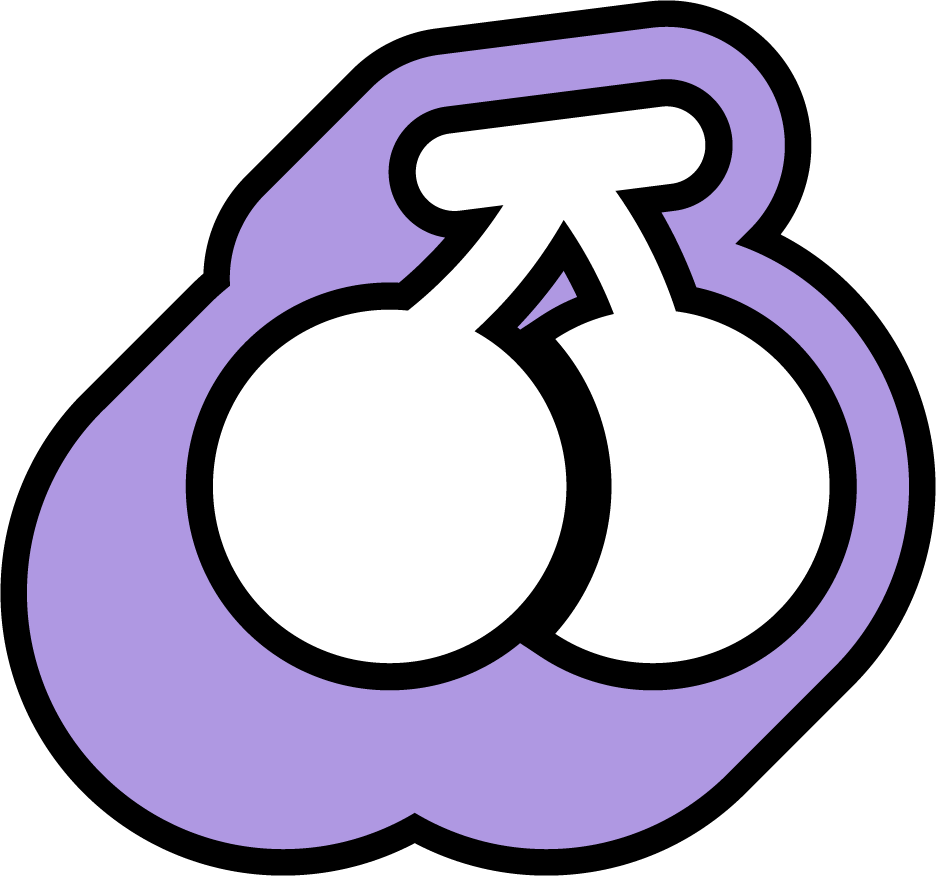South Korean students brace for the college entrance exam
On Thursday 16 November, Korean high school students test years of dedicated studying in the infamous Suneung – the national college entrance exam. We explore Suneung’s formidable reputation and the lengths students go to pass.
Students work tirelessly to get the highest score in the Suneung exam each year. Image: @ivalex on Unsplash.
What is Suneung?
The College Scholastic Ability Test (CSAT), or 대학수학능력시험 (Daehak Suhak Neungnyeok Siheom) in Korean, is the national college entrance exam for graduating high schoolers in South Korea. The test lasts around eight hours, starting at 8:40am and finishing at 5:45pm, covering subjects such as National Language (Korean), Mathematics, English, Korean History, and other optional topics.
In determining a student’s entrance into prestigious universities, the Suneung is also regarded as a deciding factor, affecting a young person’s job prospects and quality of life. Subsequently, extreme pressure is put on students to perform to the best of their ability on this singular day in their lives.
And this pressure is reflected on the day of Suneung by wider society too. As the BBC reported in 2018, planes are grounded across the country to ensure that students can sit the exam in complete silence, and police transport students who are running late to the exam. Construction work is halted on this day, as well as military training, and even the stock market opens late. In other words, Suneung day is revered as the most important day of the next generation’s lives and is treated as such by all of Korean society.
Superstition surrounding Suneung
Suneung is also subject to superstitions to help students pass on the day of the exam. The most famous superstitions involve avoiding things that ‘slip’, namely eating seaweed soup the night before the exam as the greasiness of the meal is thought to reflect the slipping of points on the test. Washing your hair the night before the exam is also a no-go, as not only is washing your hair believed to be washing away good luck, it also is thought to be washing away all the knowledge you have accumulated while studying.
Watch the video below to learn more about the superstitions surrounding Suneung.
Private education in South Korea
In order to obtain the highest score in Suneung, students in South Korea often also attend a cram school (Hagwon) in addition to their state education. It’s reported that over 80% of South Korean high school students engage in extra study at a Hagwon, producing a lucrative 20 billion dollar industry.
In addition to Hagwons, students also spend what little they have of their free time studying in a Dokseosil, a private study room usually big enough to fit just a desk inside. Students can rent out this space to study without distractions and at any time.
High pressure surrounding Suneung can also lead to Exam Anxiety (시험불안증) for young students. Image: @akshayspaceship on Unsplash.
Although Suneung has been seen as a method of social mobility, the use of private education by more wealthy families in order to get ahead has begun to challenge this notion. Also, the pressure to see good results in Suneung often leads to the overworking of students whose career success will be determined against extremely competitive grade boundaries.
Suneung is an important day in South Korean society, but there’s comfort in the fact that students are able to retake the exam the following year if they wish. However, even this is shrouded in social stigma as names have been coined for those who take the test twice (Jaesuneung) or three times (Samsuneung). There is no indication on a social or government level that any kinds of reforms will be taken to combat some of the harsh realities for students taking the Suneung.
For now, all that high school students can do is try their best on November 16.
Edited by Gabii Rayner.


